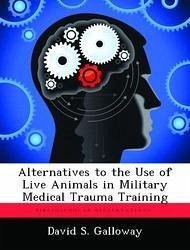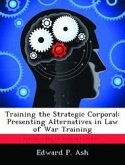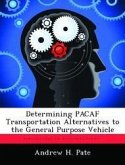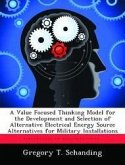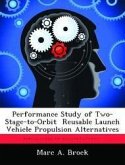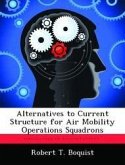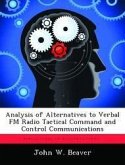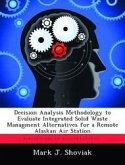Trauma training is regularly conducted within the military medical community in an environment of increasing scrutiny and pressure to replace animals with inanimate alternatives. This thesis uses the Advanced Trauma Life Support (ATLS) animal laboratory as the basis of evaluation to answer the question: Can nonanimal alternatives replace the use of animals in military medical trauma training? Evidence collection via literature search recovered over five hundred discussions of animate and inanimate model use in training. Alternative models were categorized, then analyzed to determine their most appropriate role in procedural psychomotor skill development. This niche analysis indicates that: (1) Nonphysical Models are appropriate only for cognitive skill development, (2) Nonrealistic Physical Models, Anthropanalogous Models, and Cadaver Models are most appropriate for basic psychomotor skill development, and (3) Only animal models and Complex Interactive Mannequins are appropriate for advanced skill development or terminal proficiency testing. An Event-Totality Standard (ETS) comprising critical resuscitative procedures was applied to determine the individual or collective ability of identified alternatives to replace animals in trauma training. No single alternative can replace the use of animals in trauma training. Alternative models may collectively fulfill the ETS; however, training objectives or practical considerations may preclude such collective model use.
Hinweis: Dieser Artikel kann nur an eine deutsche Lieferadresse ausgeliefert werden.
Hinweis: Dieser Artikel kann nur an eine deutsche Lieferadresse ausgeliefert werden.

